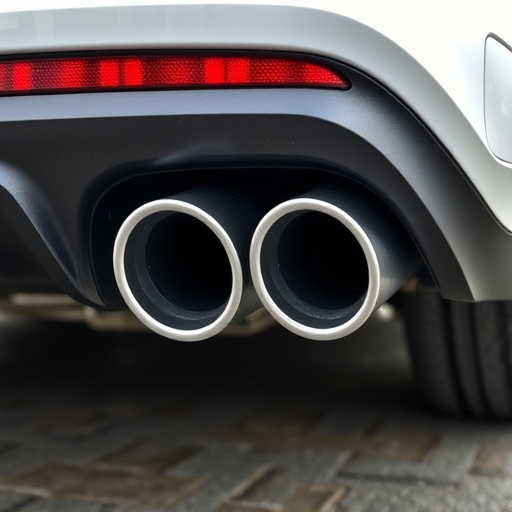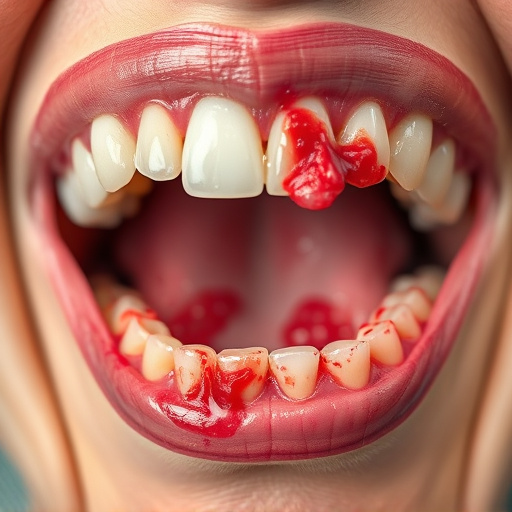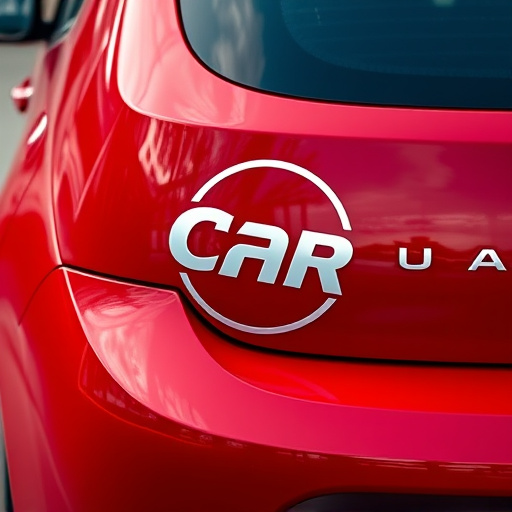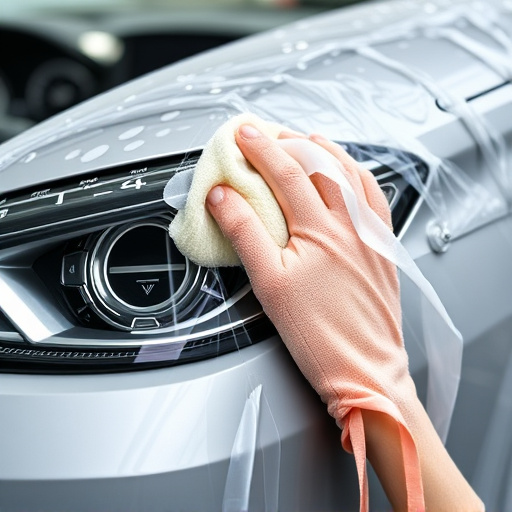Advanced automotive window tinting goes beyond aesthetics, offering multiple benefits like reduced glare, UV protection, improved fuel efficiency, and enhanced vehicle security. High-quality films and protective layers block heat transfer, protect against scratches, and retain resale value. This smart investment transforms cars into sophisticated machines with a comfortable, secure driving experience.
Discover how automotive window tinting isn’t just about style, but a powerful tool for improving fuel efficiency. This innovative technology gradually reduces energy transfer through windows, decreasing air conditioning load and saving you money at the pump. Beyond efficiency, window tint offers enhanced safety by protecting against UV rays and providing better visibility. Read on to explore the science behind this game-changing automotive accessory and its surprising benefits.
- Understanding Automotive Window Tint Technology
- How Window Tinting Boosts Fuel Economy Gradually
- Benefits Beyond Efficiency: Safety and Comfort Considerations
Understanding Automotive Window Tint Technology

Automotive window tint technology has evolved significantly over the years, transitioning from simple dark films to sophisticated materials that offer a range of benefits beyond aesthetics. Today, advanced window tints are designed not only to reduce glare and protect against UV rays but also to contribute to improved fuel efficiency. This is achieved through precise engineering that allows light to pass through while blocking heat transfer, reducing the workload on the air conditioning system.
The key components in modern automotive window tint include high-quality films and protective layers. These films are typically made from polyester or other durable materials that adhere tightly to glass surfaces, ensuring long-lasting performance. Additionally, some advanced tints incorporate paint protection film (PPF) or vinyl wraps to safeguard against stone chips, scratches, and UV damage, enhancing the vehicle’s overall protection. This multi-layered approach not only improves fuel efficiency but also preserves the vehicle’s interior and exterior, making it a smart investment for car owners.
How Window Tinting Boosts Fuel Economy Gradually

Automotive window tinting is a subtle yet powerful tool for improving fuel efficiency over time. By blocking a significant portion of the sun’s ultraviolet (UV) rays and reducing the amount of heat that enters your vehicle, tinted windows lower the workload on your air conditioning system. This reduction in strain leads to less energy consumption, resulting in better overall fuel economy.
Moreover, high-quality automotive window tint offers scratch protection, enhancing the vehicle’s interior and retaining its value. When professionally installed, it can also provide a level of privacy that not only improves passenger comfort but adds an element of security. These benefits contribute to a smoother driving experience while subtly transforming your vehicle into a sophisticated and efficient machine through this simple yet effective vehicle enhancement.
Benefits Beyond Efficiency: Safety and Comfort Considerations
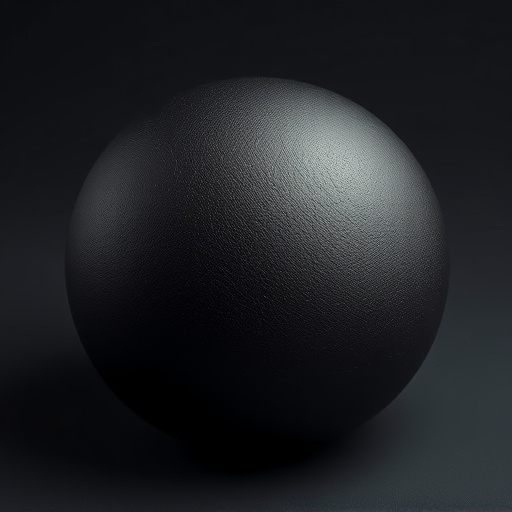
Automotive window tinting isn’t just about improving fuel efficiency; it offers a range of benefits that enhance both safety and comfort for drivers and passengers alike. One of the significant advantages is its role in protecting against harmful UV rays. By blocking out a substantial amount of ultraviolet radiation, window tints safeguard skin from sunburn and long-term damage, making them especially valuable for frequent drivers or those who often travel with children.
Moreover, advanced window tinting technologies like ceramic coatings provide scratch protection and heat rejection properties. These innovations not only preserve the clarity and appearance of windows but also contribute to a more comfortable interior by reducing the amount of heat that enters the vehicle, thereby counteracting the need for excessive air conditioning. This dual functionality underscores the versatility and importance of automotive window tint in modern cars, making it an increasingly popular choice for drivers seeking both efficiency and safety.
Automotive window tinting isn’t just about style; it offers a practical, gradual solution for improved fuel efficiency. By reducing heat absorption and interior temperature, tinted windows lower the need for air conditioning, saving energy and money. Beyond efficiency, window tinting enhances safety by deflecting harmful UV rays and providing better visibility during bright conditions. It also contributes to driver comfort, making vehicles cooler and more pleasant to occupy. Incorporating automotive window tint technology is a smart choice that benefits both your wallet and well-being over time.

